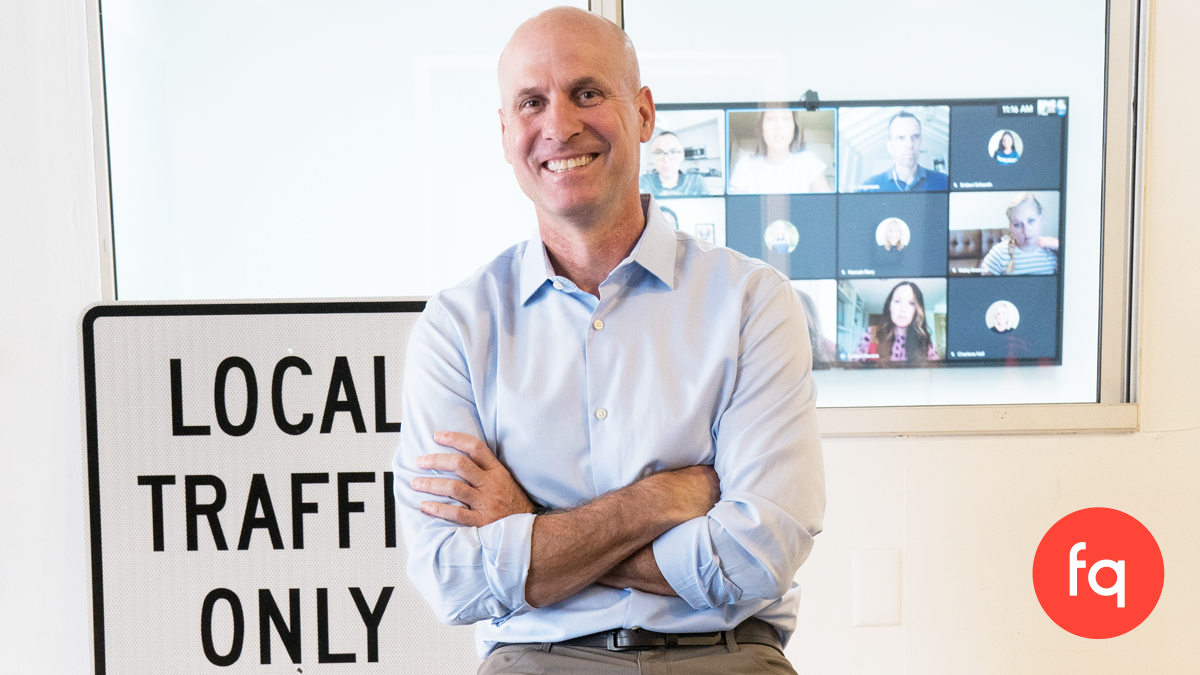Local Advertisers Benefit From Omnichannel Strategy, Frequence Study Finds
Optimal approach generates 25% boost in conversions

Local advertisers benefit from campaigns that utilize more than one media channel, according to new data from Frequence.
Frequence, which offers an automated platform that enables media owners including Charter Communications to sell, execute and report omnichannel campaigns, found that combining media products increases conversion rates. In some cases, conversion rates were three times higher than campaigns running in a single type of media.
For local advertisers accustomed to running digital display advertising only, adding connected TV (CTV) to the mix increases conversion rates while driving down the cost per conversion to clients.
Based on data collected from campaigns running on Frequence’s platform over nine months involving 32,000 local ads and 2.2 billion impressions, the optimal media mix was 70% to 75% display ads and 25% to 30% video. That mix results in a boost in conversions of up to 25%.
Frequence CEO Tom Cheli told Broadcasting+Cable that the results of the study weren’t surprising, but having the data might help convince clients to take a more omnichannel approach.
“If Instead of reaching a person five times with display ads, you can show them some video, whether that be preroll or CTV, and get your message in front of them in different forms, you’re going to have a beneficial effect,” Cheli said. “That made sense. But until you see the data, you don’t know for sure.”
(Cheli was on the phone from Hungary, where his daughter Morgan was representing America as part of the USA under-17 national basketball team.)
Broadcasting & Cable Newsletter
The smarter way to stay on top of broadcasting and cable industry. Sign up below
The study went further and showed that it was worthwhile for advertisers to add more-expensive video media to their marketing mix. “Should they do streaming television?“ he asked. “I think the answer is a resounding yes. They shouldn’t always go for the cheapest form of media and put all their eggs in one basket.”
Reaching a consumer with video before running display ads boosted the conversions resulting from a campaign.
The study also found that the multichannel approach was better for advertisers in all of the categories it tested, including auto, education, entertainment, retail, service, political and home improvement.
“For every single one of them, conversion rates were higher, so multichannel is going to be the right way to do it,” Cheil said.
Local advertisers don’t have big budgets, but even if they’re spending as little as $1,500 per month “you’re better off spending it across a couple of products,” he said.
Frequence’s platform makes it easier for media sellers to offer local advertisers more choices at a time when the media world is getting more complex. Many local clients don’t have marketing departments or data specialists, but the media companies do as part of their sales forces.
“We’re really an enablement platform,” he said. “This is just kind of a proof point for us. This is a pretty convincing amount of data that confirms that.” ■
Jon has been business editor of Broadcasting+Cable since 2010. He focuses on revenue-generating activities, including advertising and distribution, as well as executive intrigue and merger and acquisition activity. Just about any story is fair game, if a dollar sign can make its way into the article. Before B+C, Jon covered the industry for TVWeek, Cable World, Electronic Media, Advertising Age and The New York Post. A native New Yorker, Jon is hiding in plain sight in the suburbs of Chicago.

